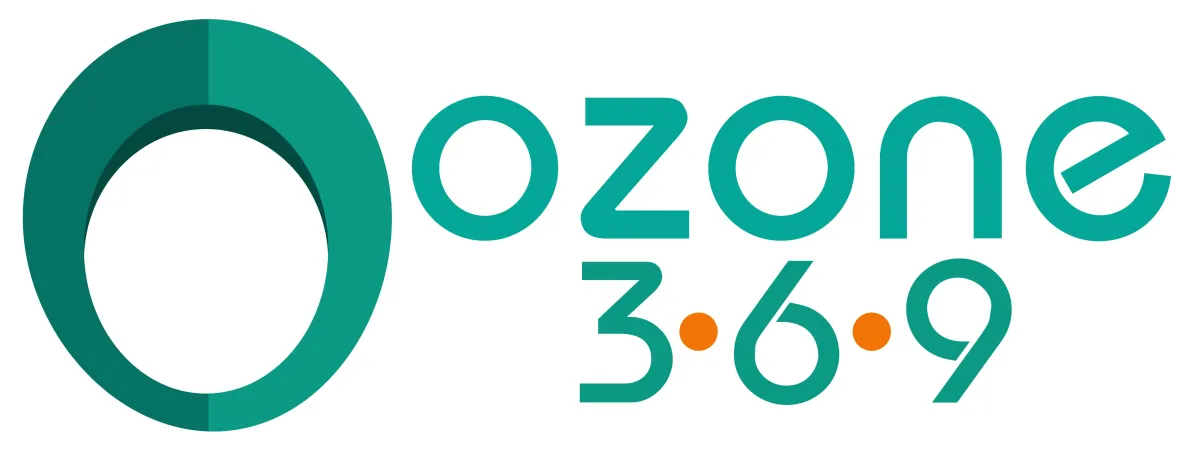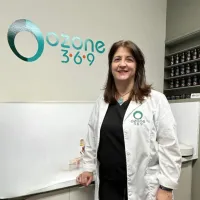Insights & Wellness
Discover articles, tips, and real stories that inspire health, vitality, and balance.
💨 Oxygen is life — but ozone takes it further.
With 15+ years of experience and 1,300+ patients treated, Ozone 369 leads the way in safe, evidence-based ozone therapy.
From boosting oxygen efficiency to modulating the immune system, ozone therapy helps restore balance from the inside out.
⚡ Curious how it works?
👉 Dive into our latest blog and discover why ozone is one of the most trusted integrative therapies today.

Prevention, Therapy, and New Bioregulatory Paradigms
A brief history
For decades, scientists have worked to develop vaccines not only to prevent infectious diseases, but also to modulate the immune system in chronic, autoimmune, and even cancer-related conditions.
Traditionally, vaccines are divided into two groups:
Preventive or conventional vaccines, applied in healthy individuals to avoid infections.
Therapeutic vaccines, designed for patients already affected by a disease, with the goal of activating their defenses and helping to eliminate malignant cells or pathogens.
Conventional vaccines
Preventive vaccines stimulate the immune system to produce specific antibodies against viruses, bacteria, or toxins. This immune memory allows the body to neutralize the pathogen upon exposure. Classic examples include vaccines against measles, polio, tetanus, or hepatitis.
The case of COVID-19
The pandemic marked a turning point in vaccine history. With SARS-CoV-2, the first mRNA vaccines were developed and applied on a massive scale. This innovative technology, never before used in the general population, works by instructing human cells to produce the viral Spike protein, which in turn stimulates the immune system.
Therapeutic vaccines and the legacy of Dr. Jacinto Convit
Therapeutic vaccines aim to train the immune system of sick patients to recognize and destroy harmful cells.
In Latin America, we have the invaluable example of Dr. Jacinto Convit, a Venezuelan scientist who dedicated his life to vaccines against leprosy and leishmaniasis. He was nominated for the Nobel Prize in Medicine in 1988 and later surprised the world by proposing autologous vaccines against colon, breast, and stomach cancer. His visionary idea: teaching the patient’s immune system to attack malignant cells.
Other researchers continue this path. Dr. Beatriz Carreño, also Venezuelan, leads melanoma vaccine studies at the University of Washington. In Germany, the InMucin vaccine is being developed to activate T lymphocytes against the MUC1 protein, present in most cancers.
New paradigms: ozone autovaccines
In Bioregulatory Medicine, we refer to autovaccines when components from the patient’s own body are used to modulate the immune system.
Minor autohemotherapy with ozone (mAH) is a clear example: 5 mL of the patient’s blood are extracted, ozonated, and reinjected intramuscularly. This process generates bioactive compounds (ozonides, peroxides, aldehydes) that act as biochemical messengers, activating immune cells and promoting cytokine release.
As a preventive therapy, ozone autovaccines strengthen defenses, reduce infections, and help maintain a resilient immune system.
As an adjuvant therapy, they are used in autoimmune diseases (lupus, rheumatoid arthritis, psoriasis), allergies, asthma, and as support in cancer patients.
It is a simple, safe procedure when performed in specialized centers by trained professionals.
Conclusion
Bioregulatory Medicine offers an integrative perspective: vaccines are seen as tools within a broader approach, where the patient’s biological terrain, lifestyle, and regulatory therapies such as ozone autovaccines come together to achieve a strong, balanced, and self-regulating immune system.
The example of scientists like Jacinto Convit reminds us that true innovation in health is born from the commitment to integrate science, humanity, and hope.


